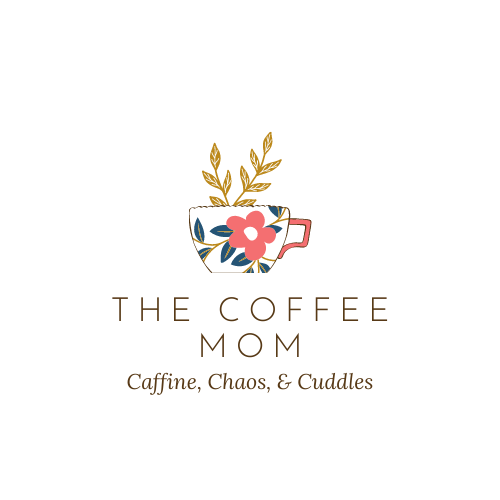The future of education is here. See how technology, SEL, and inclusion are reshaping classrooms and preparing students for tomorrow.
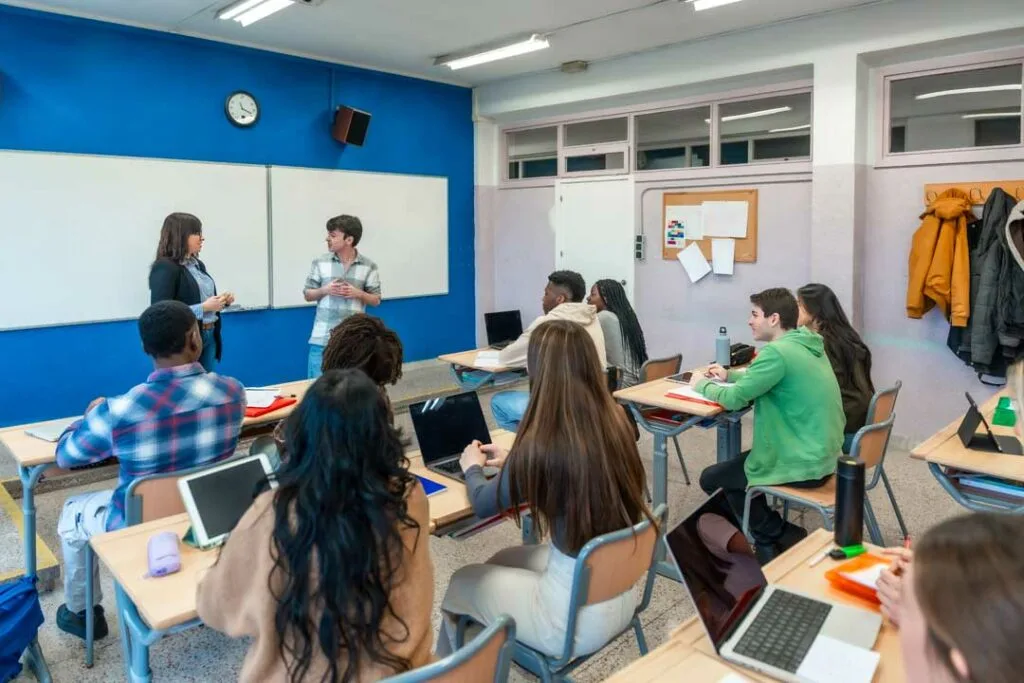
What do today’s students need that classrooms didn’t offer twenty years ago? With the rise of new technologies, different learning styles, and a world that changes fast, the traditional classroom just isn’t enough anymore.
How Modern Teaching Strategies Shape the Future of Education
Teachers are no longer just delivering lessons from the front of the room. They are building dynamic learning experiences that prepare students for the future.
In this blog, we will share how modern teachers are adapting to the classroom of the future and what it means for education moving forward.
Using Technology to Enhance Learning
Teachers today are using digital tools to make learning more interactive and personal. Instead of just reading from a textbook, students can watch videos, take online quizzes, and explore virtual labs. Apps and websites help teachers customize lessons so students can learn at their own pace.
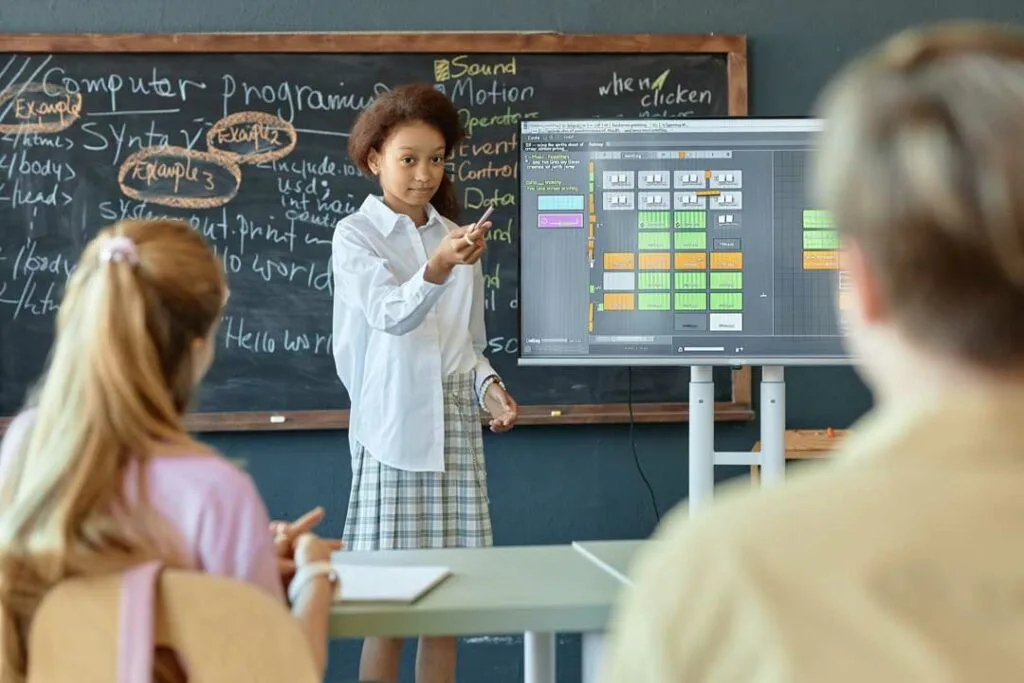
Technology is making it easier for students to understand tough topics through visuals and real-time feedback. Teachers use smart boards, tablets, and learning platforms to engage students in different ways. It’s not about replacing traditional methods. It’s about making learning more flexible and fun.
Alongside that, teachers now teach digital literacy as part of their daily lessons. They help students think critically about what they read online and how to use technology responsibly. Students learn to research, present, and even create their own digital content. Teachers guide them in learning how to communicate and collaborate in online spaces. This prepares students for jobs and college, where tech skills are a must.
Learning New Skills Through Advanced Degrees and Certifications
As education changes, teachers are upgrading their own skills. Many are going back to school online to learn more about new teaching methods and tools. For example, some educators are earning a master of educational instruction online to better understand how to support different types of learners and use new strategies.
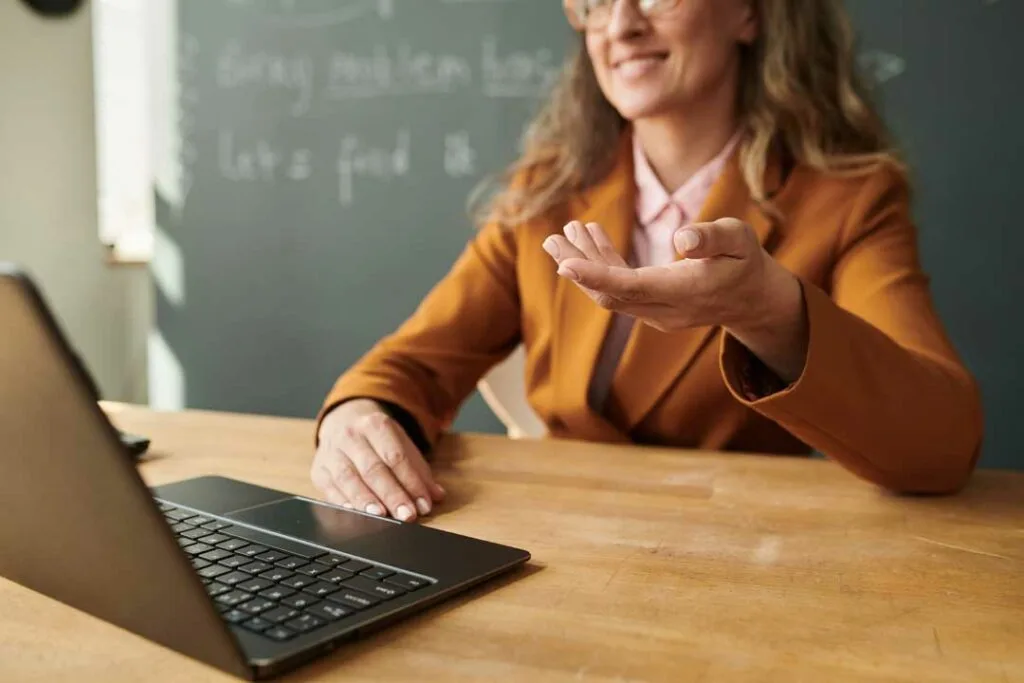
These programs teach teachers how to manage digital classrooms, use data to track student progress, and apply research-based teaching practices. Online learning makes it easier for busy teachers to study and work at the same time, helping them grow without stepping away from the classroom.
Certifications in areas like educational technology, special education, or literacy intervention are also becoming more popular. These help teachers stay sharp and meet the needs of students in different ways. Some schools even support their teachers by paying for these courses or giving them time during the week for professional development. When teachers grow their knowledge, their students benefit. Education isn’t just changing for kids. It’s changing for teachers, too, and many are embracing that with enthusiasm and drive.
Creating Student-Centered Classrooms
Modern classrooms focus more on students’ needs than ever before. Instead of the teacher talking most of the time, students are encouraged to take part in discussions, ask questions, and work on group projects. This kind of learning helps students build confidence and learn to think for themselves. Teachers create lessons that connect with real-life situations.
That way, students understand why what they’re learning matters. When students feel seen and heard, they are more likely to stay interested and do well in school.

Teachers also give students more choices in how they learn. Some may prefer drawing or building models, while others enjoy writing or presenting. Allowing different ways to show learning makes it more inclusive and fair. Teachers plan lessons that match students’ interests, strengths, and challenges. This creates a classroom where all students feel like they belong. As a result, students are more motivated and proud of their work.
Focusing on Social and Emotional Growth
Today’s teachers know that learning isn’t just about facts and test scores. A student who feels stressed, anxious, or disconnected won’t learn as well. That’s why more teachers are including social and emotional learning (SEL) in their classrooms. They create a space where students can talk about their feelings, learn how to handle problems and support one another. SEL activities might include group circles, journaling, or setting personal goals. These habits help students stay grounded and focused.
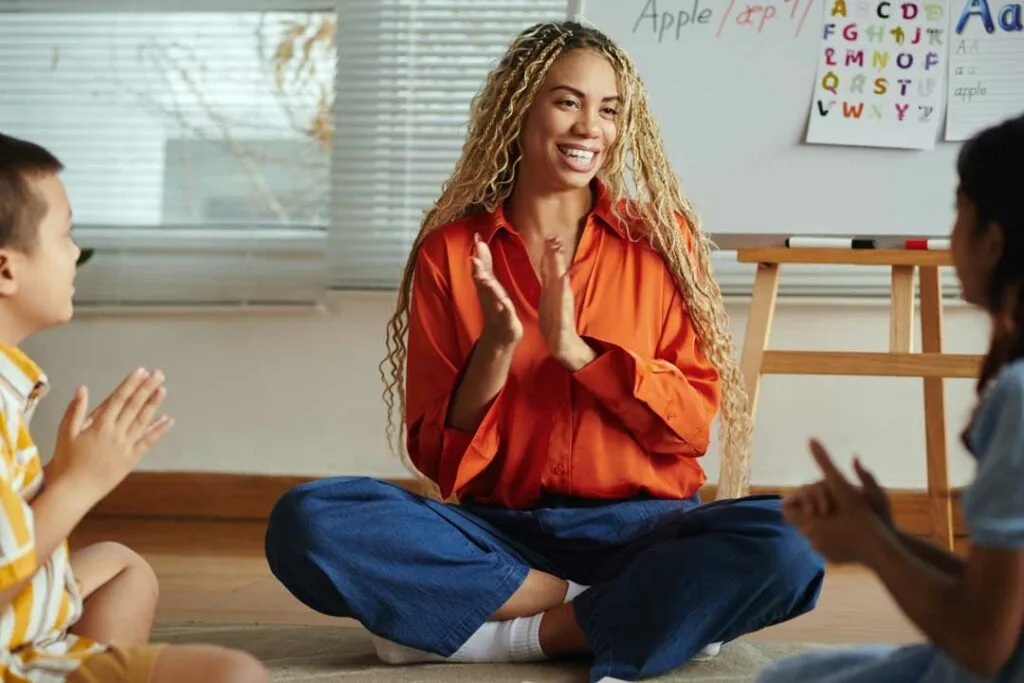
Teachers are also paying attention to signs of mental health struggles. They partner with school counselors and families to support students when needed. Teachers model kindness, patience, and respect, which creates a healthy classroom culture. This focus on emotional well-being makes students feel safe. When students trust their teachers, they are more likely to ask for help, take risks, and keep trying—even when things get hard. Building strong teacher-student relationships is now a top priority.
Embracing Cultural Awareness and Inclusion
Classrooms today are more diverse than ever. Students come from many different cultures, languages, and backgrounds. Teachers are learning how to make all students feel welcome and respected. This starts with choosing books, materials, and examples that reflect the wide range of student identities.
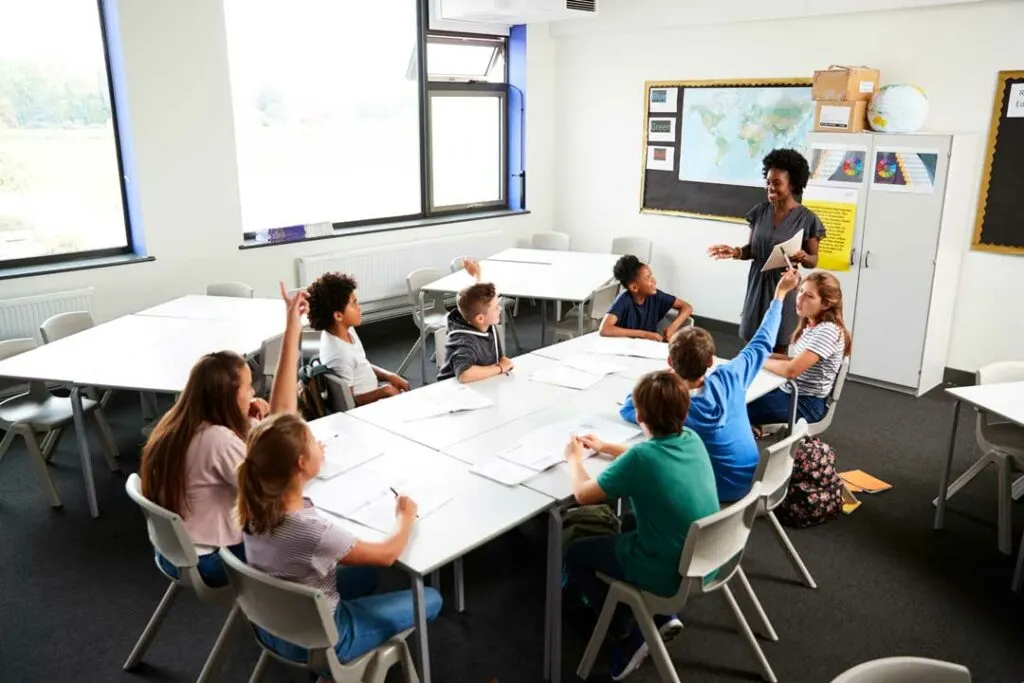
When students see themselves in the lessons, they feel more connected and engaged. Teachers also celebrate cultural holidays and invite families to share their traditions with the class.
Beyond that, teachers are learning about biases and how to reduce unfair treatment in the classroom. They take part in training that helps them understand different experiences and ways of learning. They also speak up when they see discrimination or bullying. Creating a fair and welcoming classroom takes effort, but it’s worth it. It helps every student feel they belong and can succeed. Inclusion isn’t just a goal—it’s part of daily teaching now.
Future of Education: Technology, Inclusion & Modern Teaching
In conclusion,teaching in the 21st century looks different than it did in the past, and that’s a good thing. Modern classrooms are built on relationships, technology, creativity, and a deep understanding of students’ needs. Today’s teachers wear many hats, but they do it because they care about helping students grow into thoughtful, capable people. They are shaping not just the next generation of learners but the next generation of leaders, creators, and citizens.
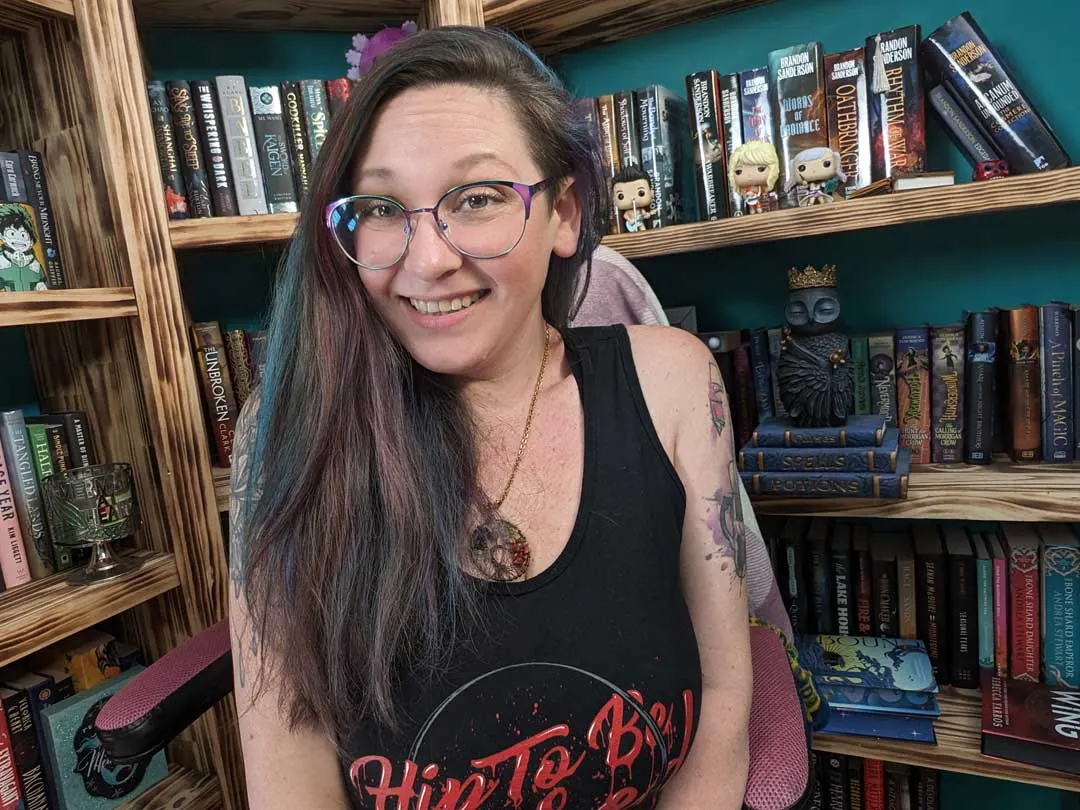
Jessi is the creative mind behind The Coffee Mom, a popular blog that combines parenting advice, travel tips, and a love for all things Disney. As a trusted Disney influencer and passionate storyteller, Jessi’s authentic insights and relatable content resonate with readers worldwide.
